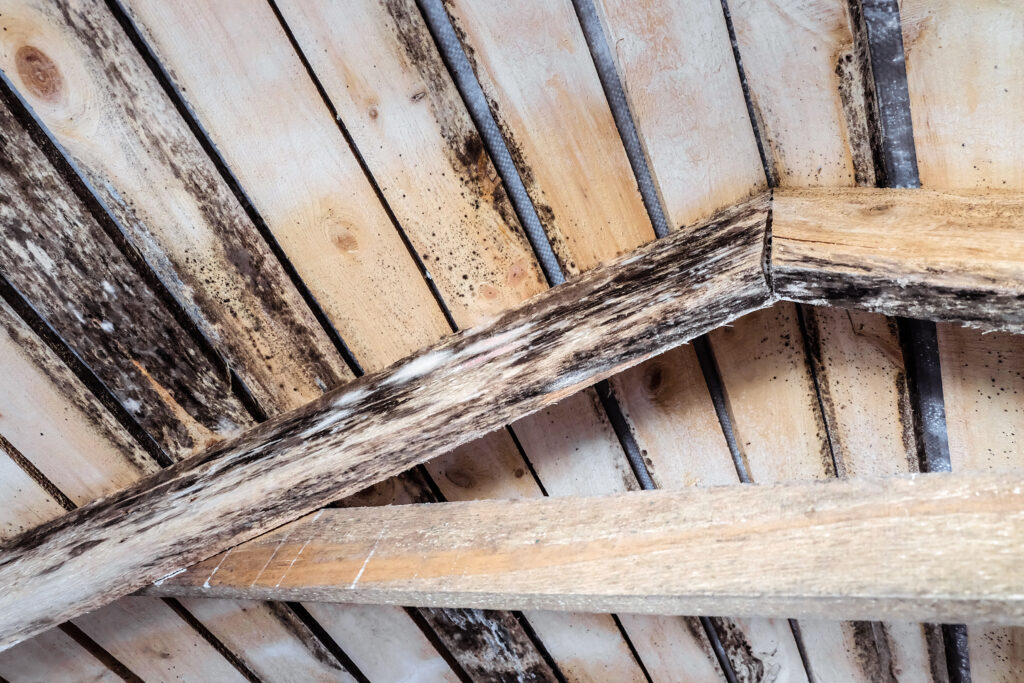Corrosion, erosion, fire and decay
We provide expert structural inspections and reports for buildings affected by corrosion, erosion, fire damage and material decay. Our Chartered Structural Engineers assess the extent of damage and recommend tailored solutions to restore structural safety and compliance.
Carbonation of concrete
If you have determined that you have carbonation damage in your structural concrete, (e.g. by conducting a phenolphthalein test) and you have successfully stabilised it by restoring the alkalinity, we can be called in to survey the damaged concrete and determine whether or not the structure is still strong enough to support the load for which it was originally designed. If you haven’t yet conducted tests, please speak to us first so that we can determine whether any removal of spalled concrete is required prior to any chemical testing and treatment.
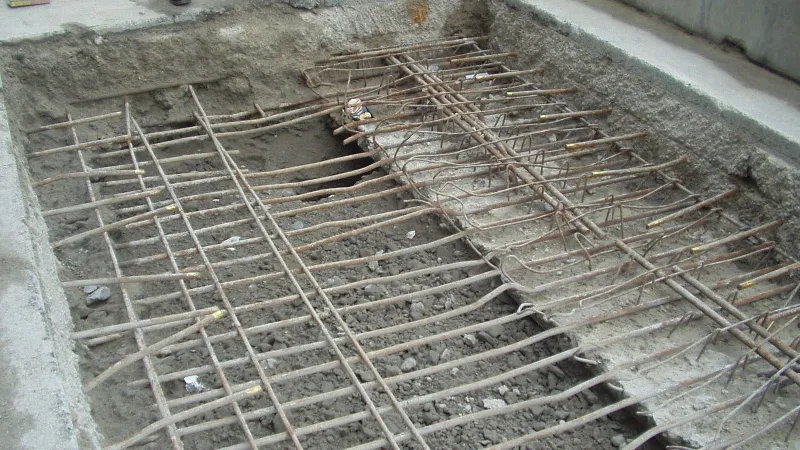
Cavity tie corrosion
In cases involving cavity tie corrosion (also known as wall tie corrosion), walls can begin to move independently of one other, causing cracks or bulges, which in turn may threaten the structural stability of the whole building. The reason for the corrosion may be linked to the quality of the ties themselves, or environmental factors such as sea air damage. Therefore, our Chartered Structural Engineers will visit the building, inspect the structure, the damage, and any associated environmental factors. They will then make a conclusive judgement of the cause of the corrosion as well as a set of recommendations for how to resolve the issue and restore structural stability to the building.
Fire damage assessment
Abbott Holliday Partnership employs only chartered structural engineers specialising in structural condition inspections, so we are best equipped to carry out assessments of structural stability following fire damage to a building or structure. We can tell you in a report, whether the structure remains sufficient to support its load, which members need replacing or whether the structure needs strengthening. We can then also provide design services to specify the strengthening components and advise on how they should be applied to the existing structure.
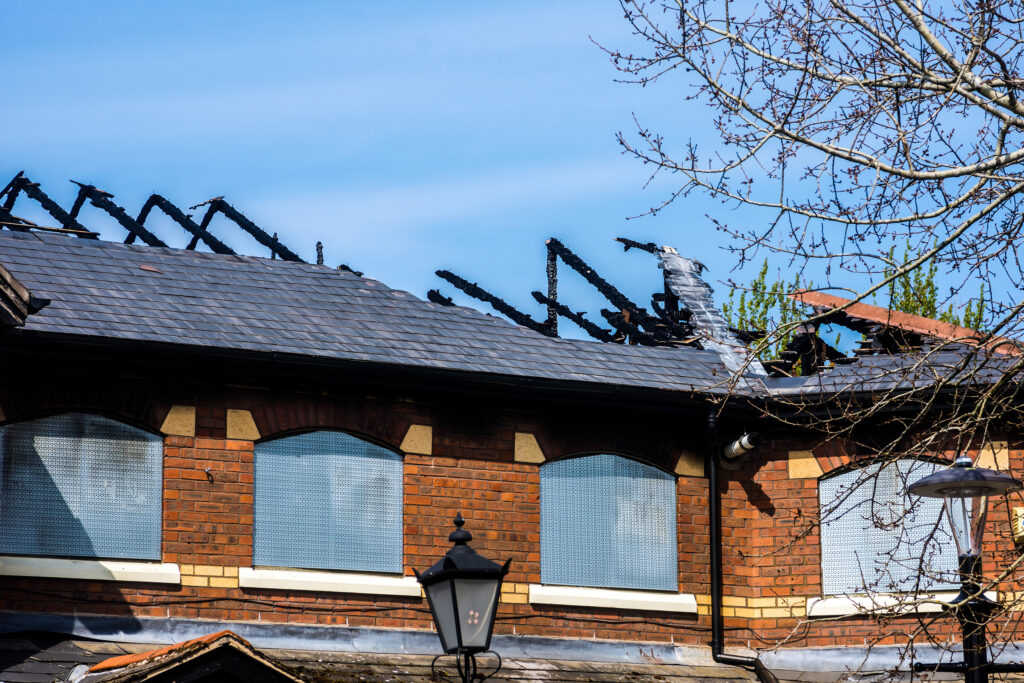
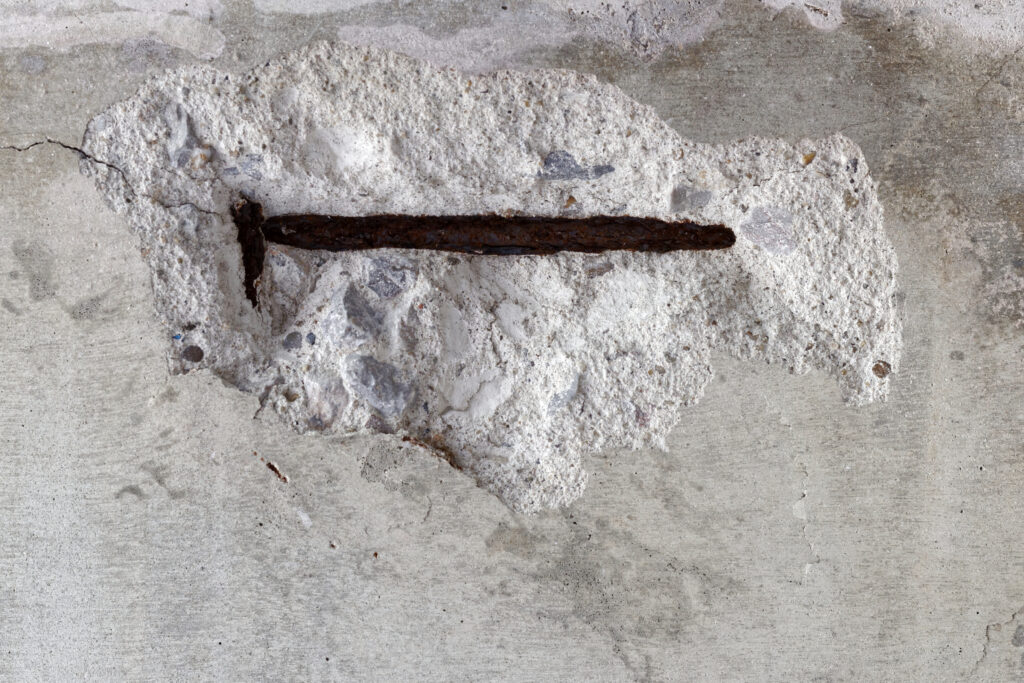
Reinforcement corrosion & spalling concrete
If cracks or something resembling red rust have started showing in the surface of reinforced concrete, or if shards have started to become separated from it, (“delaminated”), please ask us to inspect it for signs of spalling and corrosion of the internal reinforcement bars. It could be caused by fire, frozen water inside the concrete, or from expansion due to corrosion. We will be able to report on whether or not the spalling is active and worsening, or historical. We will tell you what needs doing to fix it, and whether or not the structure it is part of, is still structurally stable.
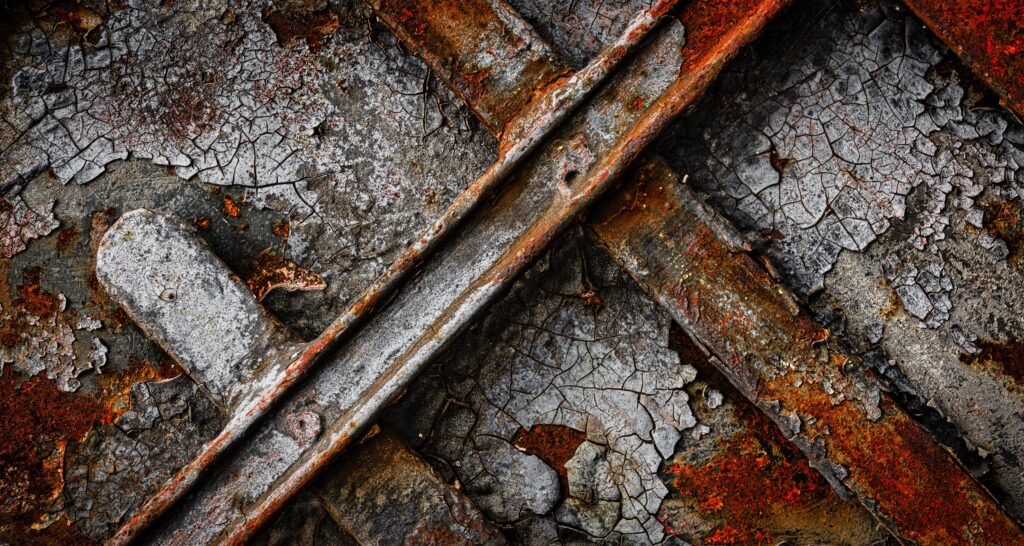
Steelwork corrosion
If you suspect steel corrosion in your building or structure, our Chartered Structural Engineers can assist in its identification and diagnosis. We will report on the type of corrosion and its cause, tell you whether or not the integrity and stability of the structure has been compromised or fallen below the level of safe use, and advise on which remedial action needs to be taken. Please engage us as early as possible so that you have the best chance of recovering as much of the steelwork as possible with less risk of re-building.
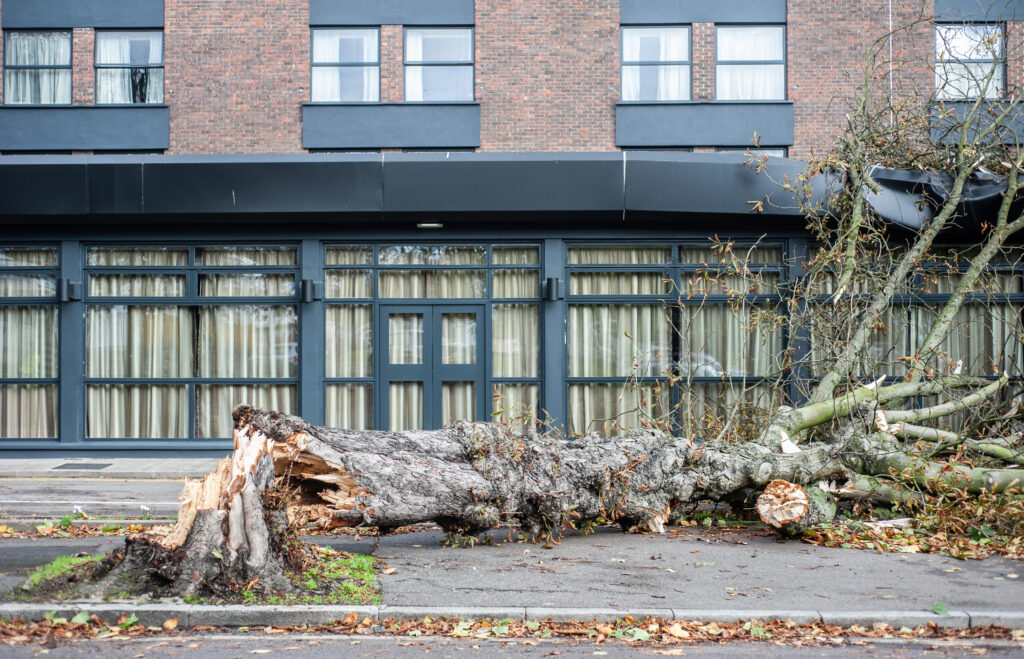
Storm damage
Storms can damage obvious surface elements of a structure during the storm itself, such as lifting tiles from a roof or blowing trees onto a building. However, there may be longer-term and less obvious ways storms can affect the structure of a building. For example, blocked drains, excessive snow loading, surface water run-off and lateral & distorting forces being acted upon structural elements that may not have been designed sufficiently to withstand them. After the storm has taken place, we will make a full assessment of the damage it has caused to your structure and if the damage is threatening the stability of the building, we will provide recommendations for how best to resolve the issue. Our reports can also be used as part of your insurance claim.
Structural effects of timber decay
Despite its original treatment for use in challenging environments, all structural timber is susceptible to decay if its environment has certain properties such as the presence of moisture, various types of fungi, insect larvae or termites, or the lack of proper ventilation. Aside from the cause, you need reassurance that the problem will be stopped from getting worse, and also reassurance that the structure that the timber supports will remain strong enough to keep doing its job. After inspecting the damage, we can either provide you with this reassurance, or in cases where the decay has gone beyond safe limits, we can provide guidance on what changes to make in order to strengthen the structure and avoid the same issue reoccurring.
